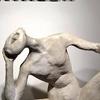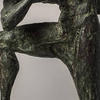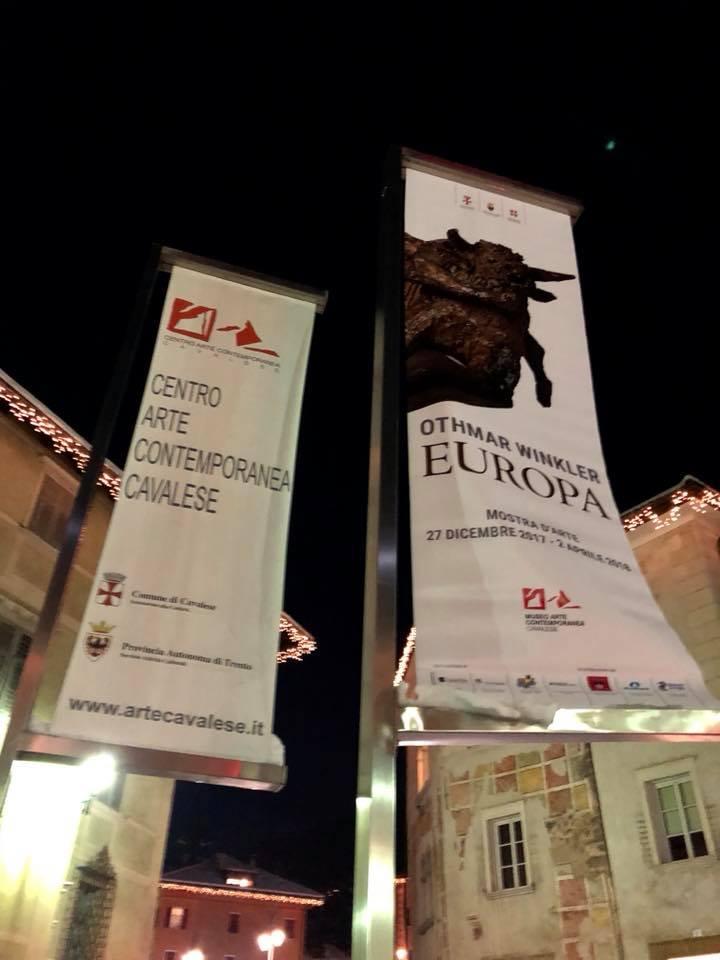Othmar Winkler Europa
Exhibition dedicated the work of Othmar Winkler, artist from Alto Adige.
Curated by Elio and Lionello Vanzo and Ivo Winkler

The Museo d’Arte Contemporanea (Museum of Modern Art) of Cavalese presents a series of artworks by sculptor Othmar Winkler, born in Bruneck (Bolzano) in 1907 and died in Trento in 1999.
This exhibition doesn't only display Winkler's intense artistic work, but it's for everybody an opportunity to meditate, through art, on the events that have formed Europe.
Othmar Winkler - some biographical notes:
He was born in Bruneck, now Brunico in the extreme north of Italy, which was then, before the first world war, still part of Austria. Like so many artists in that area, his cultural affiliations were with both the German and Italian-speaking worlds. His education took him to Rome, Berlin and Vienna, where he studied under Joseph Müllner. Perhaps even more significant was the time he spent in the small Alpine town of Ortisei, a centre of wood-carving since the 17th century, producing objects as diverse as altarpieces and spinning-tops.
Initially it was Winkler's skill as a portraitist that attracted attention, drawing him to the fashionable circles in Rome, where he settled in 1929. […] Pursued by the police, he fled to the border, eventually reaching Oslo, where he periodically worked throughout his life.
After the war Winkler returned to Italy, injecting an almost Nordic expressionism into contorted, dynamic sculptures such as The Winegrower (1956), brilliantly combining angular shapes with free-flowing organic forms. On other occasions he revealed the strength of his classical training, which influenced both the style and subject-matter of the limbless male torso of 1961 and Icarus of 1970. These figures, with their textured, pitted surfaces, revealed Winkler's mastery of bronze, which culminated in a cycle of low reliefs, made in the late 80s, depicting the history of Trento.
Winkler's greatest achievement was his work in wood, which consciously harked back not only to his teacher Moroder but to the tradition of sacred carving in northern Europe, as well as in his own homeland
Source: https://www.theguardian.com
organization: Museo Arte Contemporanea di Cavalese





